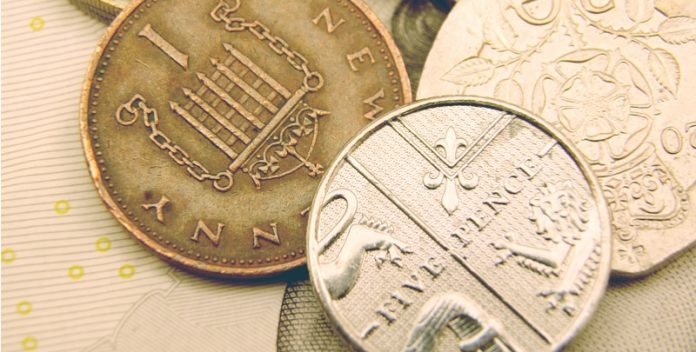The Australian dollar came under pressure against its peers on Wednesday, but particularly versus the pound. The GBP/AUD dropped 0.7% over the course of the day to A$1.6770 after comments from the Bank of England (BoE) led investors to believe interest rates could be going up in the UK before the end of the year.
| What do these figures mean? |
|---|
| When measuring the value of a pair of currencies, one set equals 1 unit and the other shows the current equivalent. As the market moves, the amount will vary from minute to minute.
For example, it could be written: 1 GBP = 1.72119 AUD Here, £1 is equivalent to approximately A$1.72. This specifically measures the pound’s worth against the Australian dollar. If the Aussie dollar amount increases in this pairing, it’s positive for the pound. Or, if you were looking at it the other way around: 1 AUD = 0.57677 GBP In this example, A$1 is equivalent to approximately £0.58. This measures the Australian dollar’s worth versus the British pound. If the sterling number gets larger, it’s good news for the Aussie dollar. |
The pound rallied over 100 points versus the Australian dollar after Chief Economist and voting Monetary Policy Committee (MPC) member, Andy Haldane, made surprising comments. Haldane offered an optimic view of an interest rate hike before the end of year.
This suggestion caught the market off guard for several reasons. Firstly, Haldane is usually considered one of the more conservative members, so the market would not expect him to switch alliances and vote to hike rates. Secondly, for the last four years his voting choice has coincided with that of BoE Governor Mark Carney. Only yesterday Carney stated he didn’t believe now was a good time to raise rates, so the deviation of Haldane is even more conspicuous.
Investors are growing in confidence that a UK interest rate rise may be around the corner. The expectation of a rate hike increased from 20% to 44%. When interest rate expectations increase, usually so does the value of the currency.
| Why do raised interest rates boost a currency’s value? |
|---|
| Interest rates are key to understanding exchange rate movements. Those who have large sums of money to invest want the highest return on their investments. Higher interest rate environments tend to offer higher yields. So, if the interest rate or at least the interest rate expectation of a country is relatively higher compared to another, then it attracts more foreign capital investment. Large corporations and investors need local currency to invest. More local currency used then boosts the demand of that currency, pushing the value higher. |
Another quiet day for the Aussie, eyes towards iron ore prices
The Australian dollar started Wednesday off on the right foot. However, it was still unable to recover the ground it lost following Haldane’s speech.
Whether or not the Australian dollar sees a repeat of today’s selling pressure against the pound will largely depend on UK political jitters. Sentiment in general will also play a role given that there are no market moving events scheduled into the economic calendar for either the Australian dollar or the pound. In fact, high impacting economic events for the Australian dollar are scarce until next week.
In the absence of Australian macro data, investors could switch their focus back to the commodity market and, particularly, iron ore. Iron ore has been selling off since late March, but interestingly the last six sessions have seen gains, which could spark some optimism back into the Australian dollar.
| Why does the price of iron ore impact the Australian dollar? |
|---|
| The reason behind this is because commodities, particularly iron ore, make up the bulk of Australian exports. Ultimately, Australian iron ore needs to be purchased using Australian dollars. So, if the demand or expected demand for iron ore increases, then demand for the Australian dollar also increases. As the demand for the Australian dollar goes up, so does its value. |
|
This article was initially published on TransferWise.com from the same author. The content at Currency Live is the sole opinion of the authors and in no way reflects the views of TransferWise Inc. |





